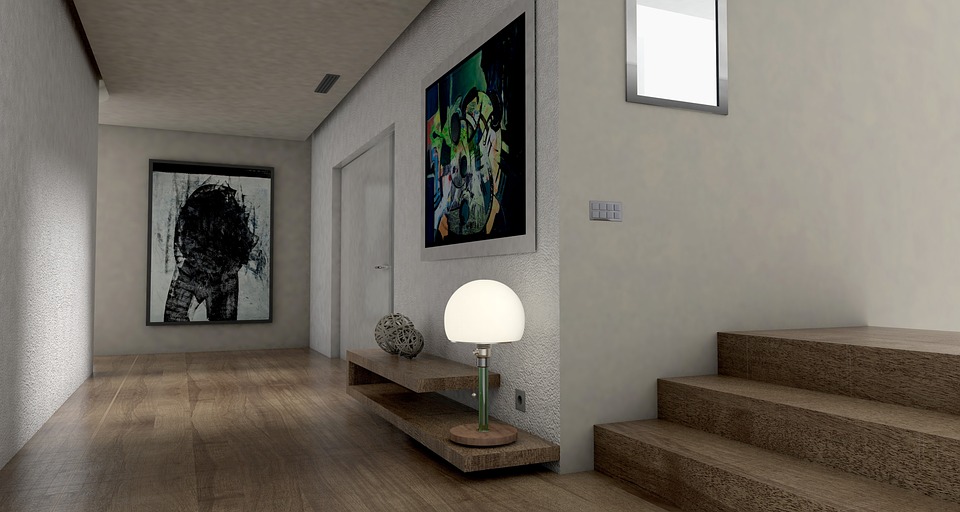The Essential Skills and Responsibilities for 3D Artists
The realm of 3D artistry is a vibrant tapestry woven from creativity, technical prowess, and a keen understanding of visual storytelling. As a profession experiencing a notable shortage in the UK, 3D artists are increasingly in demand, making this an opportune time for individuals seeking work visas to consider this career path. Let’s delve into the essential skills and responsibilities that define a successful 3D artist, exploring why they are integral to this booming industry.
1. Mastery of Software Tools
To thrive in the competitive landscape of 3D artistry, proficiency in industry-standard software is non-negotiable. Programs such as Autodesk Maya, Blender, and ZBrush serve as the cornerstones of the trade. These tools enable artists to sculpt intricate models, create lifelike textures, and animate characters with fluidity. Yet, it’s not merely about knowing how to use these applications; a true artist must grasp their capabilities deeply, exploiting every feature to elevate their work.
Beyond the basics, familiarity with rendering engines like V-Ray or Unreal Engine adds another layer to an artist’s toolkit. This expertise allows for the creation of stunning visual outputs that captivate audiences, whether in films, video games, or virtual reality environments. As the technology evolves, ongoing learning is vital; the industry shifts rapidly, and staying abreast of new features and tools is a must for any serious artist.
2. Artistic Vision and Creativity
While technical skills lay the groundwork, the heart of 3D artistry beats in the realm of creativity. An artist must possess a unique perspective and the ability to translate abstract ideas into tangible visuals. This often involves conceptualising characters, environments, and narratives that resonate with viewers.
The question arises: how does one cultivate such an imaginative flair? Engaging with diverse art forms, collaborating with other creatives, and immersing oneself in various cultural experiences can ignite inspiration. Moreover, understanding aesthetics—be it through the study of colour theory, composition, or light—is crucial. An artist’s ability to weave these elements together can result in truly breathtaking work.
3. Collaboration and Communication Skills
In today’s interconnected creative landscape, a 3D artist rarely works in isolation. Collaboration with directors, animators, and fellow artists is commonplace. This necessitates not only good communication skills but also the ability to accept constructive criticism and iterate on feedback.
It’s essential to approach each project with an open mind, ready to adapt and innovate. Effective communication can streamline the creative process, ensuring that visions align and the final product reflects a cohesive effort. As the adage goes, “two heads are better than one,” a maxim that rings particularly true in the realm of digital artistry.
4. Attention to Detail and Problem-Solving
In the intricate world of 3D modelling, details matter. A successful 3D artist must have an eagle eye for minutiae, ensuring that every texture, shadow, and contour is just right. This precision is not merely for aesthetics; it also plays a critical role in the functionality and realism of the work, especially in animations where every frame counts.
Moreover, problem-solving skills are indispensable. Artists frequently encounter technical challenges or creative roadblocks that require innovative solutions. Whether it’s optimizing a model for better performance or finding a way to convey a complex emotion through animations, a resourceful artist can navigate these hurdles with aplomb.
Crafting a Future in 3D Artistry
Given the current shortage of skilled 3D artists in the UK, opportunities abound for those willing to step into this dynamic field. By honing technical skills, nurturing creativity, fostering collaboration, and embracing problem-solving, aspiring artists can carve out their niche in this exciting profession.
For those considering a work visa to pursue a career in 3D artistry, the path may seem daunting, but the rewards are plentiful. Visajob.co.uk is here to accompany you every step of the way, especially when it comes to securing positions that require sponsorship. Embrace the challenge; your future in 3D artistry awaits!




